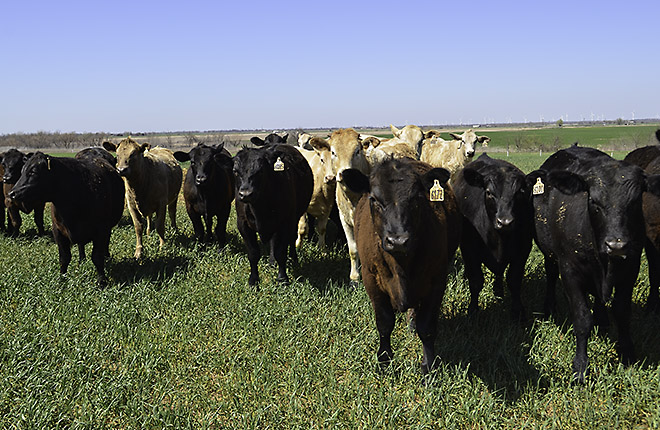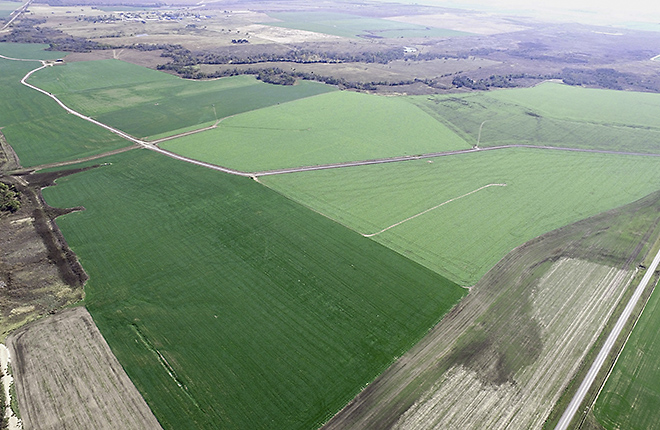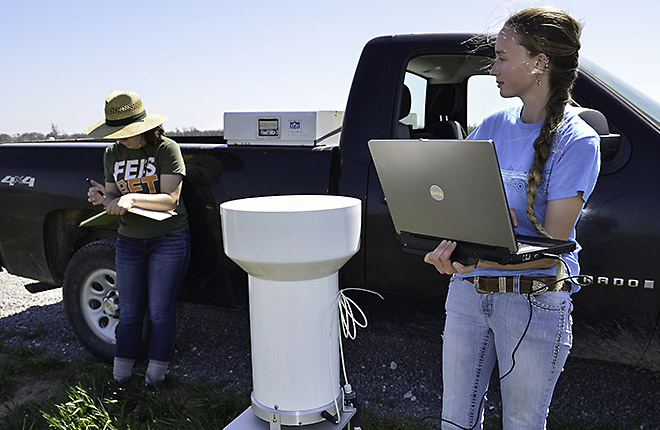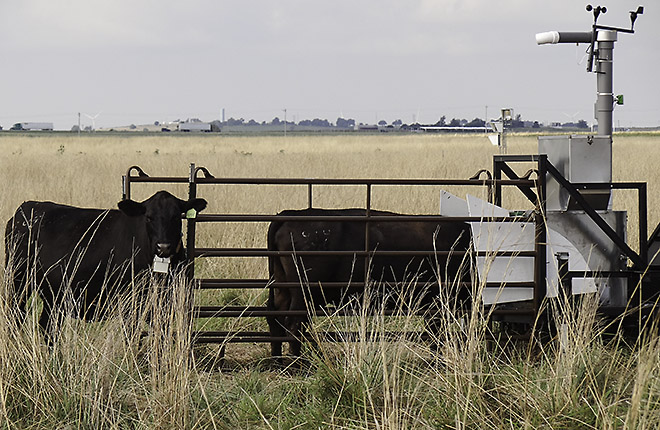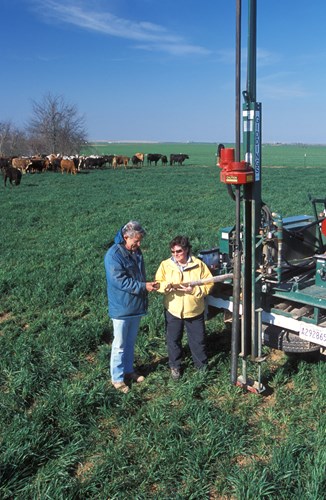An LTAR Site Where History and Science Meet
With its history, location in the heart of the Southern Plains, and decades and diversity of research, the Agricultural Research Service (ARS) Grazinglands Research Laboratory (GRL) in El Reno, Oklahoma, is a unique asset and a natural choice as an ARS Long-Term Agroecosystem Research (LTAR) site.
|
|
The 6,700-acre site takes up two-thirds of what was once Fort Reno, a former base for U.S. Cavalry units posted there to keep the peace on the western frontier. It was also a World War II prisoner-of-war camp and is now a tourist attraction that brings thousands of visitors to El Reno each year. (Read Bonus Content: Fort Reno's Storied Past.)
“There is a strong cultural and historical aspect to this site that makes it a unique asset, but we also want people to understand that there’s tremendous scientific value to what we’re doing here,” says GRL director Jean L. Steiner.
The scientific value comes from a portfolio of wide-ranging research: boosting the efficiency of beef production by improving forages and grazing methods; protecting waterways and water supplies in the face of climate variability and increasing demand for water; developing computer models to assess the risks associated with climate variability; and identifying conservation strategies for producing beef, forage grasses, and grains.
What is now the GRL has been a U.S. Department of Agriculture research site since 1948, with programs that initially focused on cattle breeding and agricultural practices. ARS research programs in El Reno and Durant, Oklahoma, were merged in 1996 to form today’s GRL.
Helping farmers develop resilience in the face of climate variability, water scarcity, and other challenges is a key goal for researchers at GRL. It was selected as the LTAR Southern Plains research site in 2012 and as a USDA Southern Plains Climate Hub in 2014, making it a key center for climate research.
Scientists have been conducting water and climate research and collecting useful data from dozens of stream gauges and weather stations since 1961. Today, GRL researchers can tap into data collected by 120 environmental monitoring stations across Oklahoma that are part of a cooperative network established in 1993
The GRL’s 6,700 acres of prairie grasses and forages also have been growing in a variety of soils across the property for decades. Moreover, GRL studies focus on watersheds in the Upper Washita River Basin, an area where USDA-led soil conservation efforts go back to the 1930s.
Such a long history means a deep well of information—long-term data that scientists can tap into for robust study results, reliable computer models, and a better understanding of how changes to the land will affect air, water, and soil quality in the Southern Plains. Many study results also have global implications.
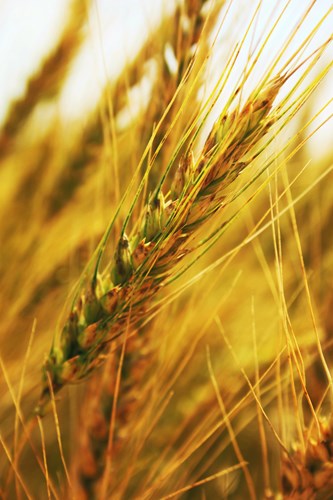 Scientists study grazing's effect on wheat production |
“Much of our productive agricultural lands today are used as grasslands that support cattle and other ruminant livestock, not only across the Great Plains, but globally. These lands also provide critical habitat for native plants. Taken together, that makes these studies essential in helping us to understand how these grassland soils, plants, and the climate interact, and in finding more sustainable ways to manage them,” Steiner says.
The GRL’s central Oklahoma location also makes it a good site for research designed to address the needs of farmers across the Southern Plains. The region includes a mix of pastures, native prairie rangelands, and cropland producing winter wheat, corn, soybean, sorghum, cotton, and a variety of specialty crops. The average farm in the Southern Plains is about 440 acres, and most producers graze cattle. Many of the estimated 3,555 farms in the region also grow winter wheat as both forage and a cash crop.
As an LTAR site, GRL researchers are conducting two “common experiments.” In one, they are focused on managing native prairie pastures for cow-calf production by contrasting continuous stocking of pastures (the “business as usual” approach) with rotational grazing (the “aspirational” approach). The goal is to see if the rotation improves plant biomass and cattle productivity, promotes plant diversity, and enhances soil health and resilience to drought.
In the other common experiment, they are comparing the effects of grazing on tilled, continuous wheat (business as usual) with a diversified rotation that includes no-till wheat and canola (aspirational) as well as grazing. The goal is to see if the rotation improves soil health; protects water quality; reduces erosion, pest pressures, and weeds; increases productivity; and diversifies market options for producers.
Soil health and water quality are critical issues in the Southern Plains. Most of the crops and pastures are rain-fed and are subject to wild swings in climate, from drought to flood, and with unpredictable temperature dynamics.
“It’s important for us to understand the challenges in agriculture today, because the way we respond to them is going to affect not only how productive we are, but also the quality of our water, air, soils, pastures, and cropland,” Steiner says.—By Dennis O’Brien, ARS Office of Communications.
Key Facts
- The ARS Grazinglands Research Laboratory (GRL) is one of 18 LTAR sites.
- The lab is on the site of Fort Reno, once a U.S. Cavalry base.
- GRL is a key center for climate research and conservation strategies.
- Scientists have collected more than 50 years worth of climate and water data.
Full Story








